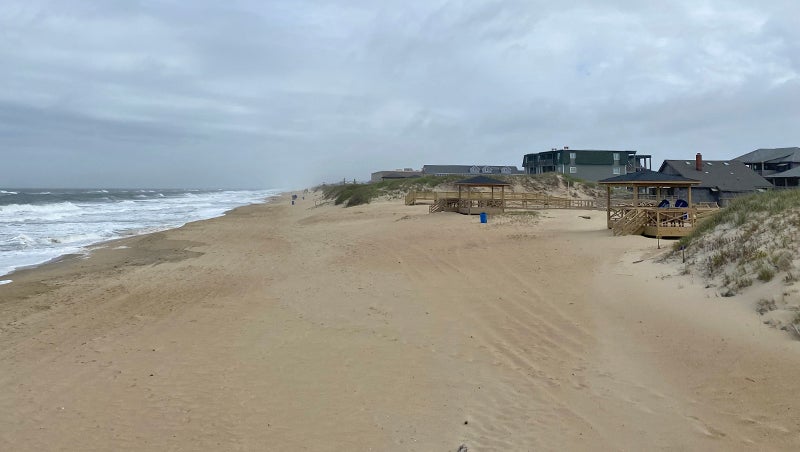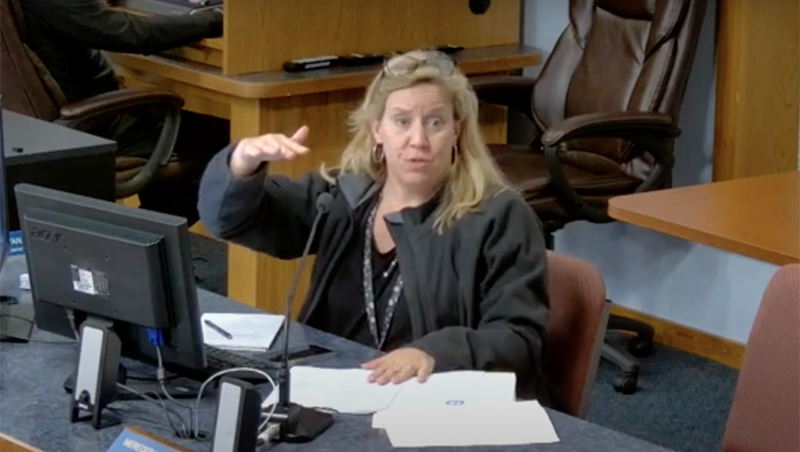Kill Devil Hills begins efforts on more stringent regulations to protect dunes
Published 7:55 am Thursday, June 8, 2023
|
Getting your Trinity Audio player ready...
|
Kill Devil Hills planning director Meredith Guns presented a draft of revised town code that would help protect both oceanfront and inland dunes to a greater degree than current Coastal Area Management Act (CAMA) regulations.
“We seem to be the only ones that are having this type of development on our dunes,” Guns said. Based on an aerial search of neighboring towns, she said dune development is “not nearly as prevalent in Dare County as it is right here.”
Part of the issue, according to Guns, is that CAMA only protects the primary dune. Kill Devil Hills has additional dunes along its shoreline that are not federally protected, allowing homeowners and developers to cut into the dune or remove sand.
The new recommended language in the town’s dune protection ordinance would revise the definition of ocean dune to protect all dunes along the Atlantic; limit development on dunes to only elevated structures; prohibit removal or relocation of sand from dunes; require vegetative reconstruction plans; and make a distinction between ocean dunes and inland dunes.
Commissioners and staff agreed that they had previously understood CAMA regulations to mean that a hardened structure west of the toe of the entire dune system was not permitted. “At some point in the last five or eight years or so and we’ve gone back and somehow it’s changed. It’s like the language just sort of got watered down. The toe means something different now,” Guns said.
The “toe” of the dune has traditionally been understood to be the point at which the elevation starts to rise, or, as Guns said, when you hit the stairs on a beach access. Building and grading and leveling are perfectly fine before that elevation point. After that, the only types of development allowed are decks and walkways.
If there are multiple dunes operating in an area but only one that CAMA is regulating, the result is “hardened” developments that encroach on the dunes.
Mayor Ben Sproul recognized the delicate situation between protecting the dunes and protecting the investments of homeowners. “It’s tricky,” he said. “On one hand I really love the idea of protecting it all. On the other hand, without surveying it all [I’m cautious of] unintended consequences like making somebody’s million-dollar piece of land completely worthless …”
Setbacks are measured from the first line of stable natural vegetation to the east side of the dune. “But when you come over the dune, if there’s a trough or any type of flattening before it goes down to basic grade of the lot they’re not counting that as a dune, so we’re having 20 or 30 foot of dune mined and dug out for pools,” Guns explained.
“It’s pretty scary when you think about long term and then over the next 10 years if it stays that way, what the dune is going to look like,” said Mayor Pro Tem Ivy Ingram.
Commissioners agreed to revisit the issue after the planning staff comes up with a final town code amendment recommendation.
SUBSCRIBE TO THE COASTLAND TIMES TODAY!








